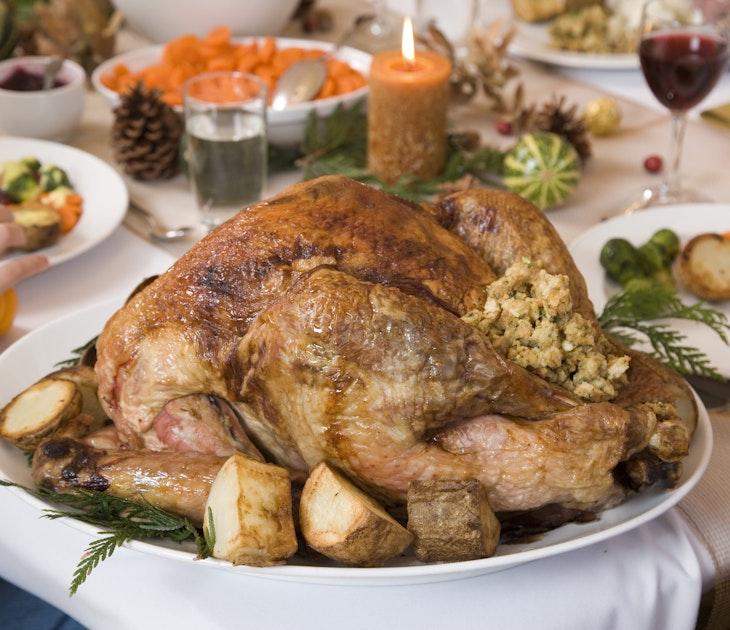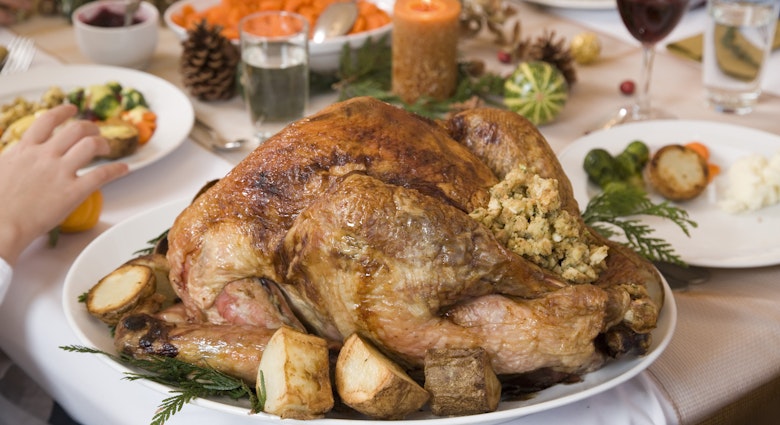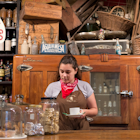You know a place is authentic when the cobblestones are so uneven that your feet take a brutal beating soaking up the nooks and crannies around every corner in town. That's the case with Tiradentes, a criminally beautiful colonial village that can be found in the heart of Minas Gerais in Brazil's sweaty interior -- and nearly equidistant from the country's three biggest cities, São Paulo, Rio de Janeiro and Belo Horizonte.
But while justifiably famous for its tranquility, local art and artisan furniture scenes, and its postcard-perfect architecture, Tiradentes has a secret: it is a remarkable place to eat. According to Guia4Rodas, Brazil's most respected culinary Bible and soul mate to France's Michelin guides, Tiradentes has more starred restaurants per capita than any other city in Brazil. For a paltry population hovering around 7000 folks, there are five starred restaurants, which is an extraordinary culinary stat. The feeding frenzy culminates every August, when the Festival Cultura e Gastronomia Tiradentes ups the ante even further on all things tasty in town.
Now in its 13th year, this nine-day feast sees visitors and chefs from around the world descend on Tiradentes' colourful cobblestones. In 2010, female chefs will take the spotlight, including prominent Brazilian culinary maestros like Helena Rizzo (Maní, São Paulo) and Bel Coelho (dui, São Paulo) as well as Michelin-starred European chefs like Angela Hartnett (York & Albany, London), Adeline Grattard (Yam Tcha, Paris) and Pepa Romans (Casa Pepa, Ondara) – all of whom will whip up creative treats around the village's picturesque streets. Of course, local restaurants get in on the action as well.
The rest of the year, Tiradentes remains sleepy, with its starred establishments offering an eclectic mix that runs the gamut from artery-clogging comida Mineira (local foods) to contemporary Brazilian cuisine steeped in the Slow Food movement. There's Pau de Angu, for example, where only five items take the stage on this farm on the outskirts of town. Here, local specialties like Frango Preguento do Bento (chicken with okra) are served alongside a plethora of side dishes like tutu (pureed black beans with pork sausage) and feijão tropeiro (beans mixed with egg and manioc flour).
A completely different experience can be found at Theatro da Villa, where a twin-brother team runs a theatrical Slow Food show, serving up innovative dishes like duck magret in jabuticaba sauce, an exotic tree berry found in the region; or artisanal ravioli sautéed with pimenta biquincho, a sweet and mild pepper native to Minas Gerais. But there is far more to do in Tiradentes than feasting on five-course meals.
The region around town is rich in natural beauty, highlighted by the Serra de São José, a lush mountaintop that towers over town like a magnificent stone tsunami. Great hikes abound. Tiradentes proper is as quaint and picturesque as Brazilian colonial towns get, highlighted by a wealth of historic churches like the beautiful 1710 Igreja Matriz de Santo Antônio, which sits on a hilltop overlooking rows of multihued colonial homes. A camera is one's best friend here, though the scenic architecture does nearly all of the work.
Around town artisan shops, most specialising in handmade furniture or sweet treats like doce de leite, a local caramel, dot the tranquil streets. There is a thriving local art scene centered around Bichinho, an even smaller village just outside town. But perhaps the most surprising Tiradentes tidbit is the presence of 10th-generation Cossack knifemakers, who have built a cutlery heaven in the manner of a 16th-century Kazak-style dacha compound just outside town.
Inside, the 318-year-old high-end knife company, called Burza, meticulously handcrafts gorgeous artisan knifes fashioned from Austrian steel and sharpened with Swiss diamonds. Burza's worldwide legion of fans includes Arnold Schwarzenegger, Japanese emperors, and several New York chefs – an apropos marriage between the David and Goliath of world culinary capitals.











